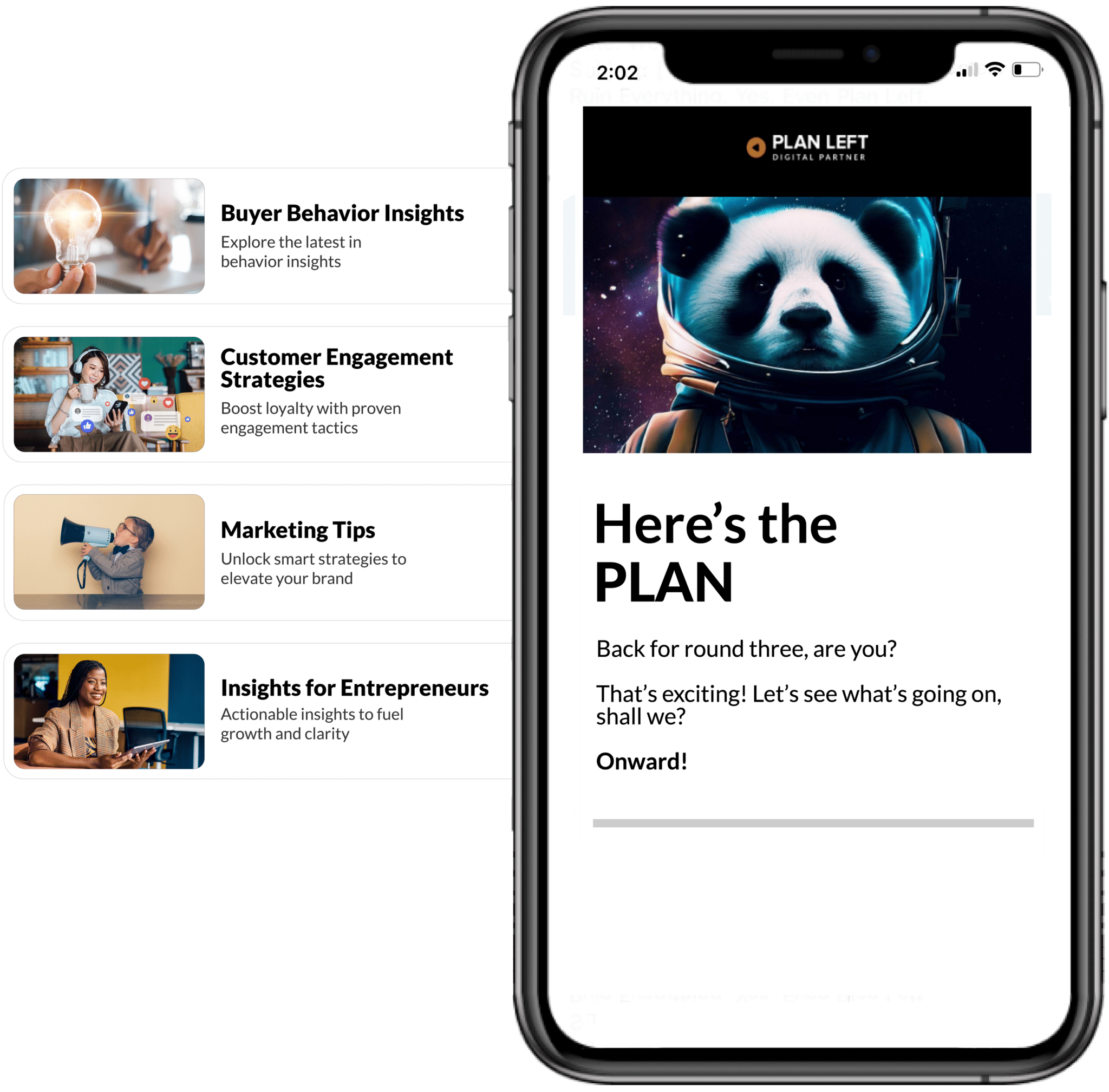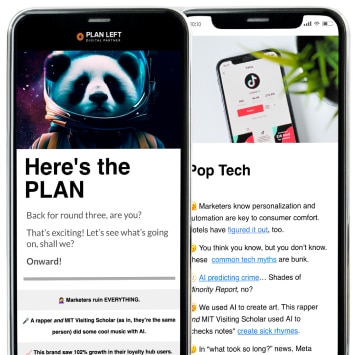
The war for tech talent has never been more intense. While established giants throw around seven-figure compensation packages and startups promise equity riches, growing tech companies find themselves caught in the middle—needing exceptional talent but lacking the resources to compete purely on salary. The solution lies in developing sophisticated tech talent acquisition strategies that recognize what truly motivates high-performing professionals beyond the paycheck.
The most successful scaling companies have discovered that recruiting top tech talent requires a fundamental shift from transactional hiring to transformational team building. This approach transforms the entire talent acquisition process from a simple exchange of skills for money into a strategic partnership that aligns individual growth with company vision.
The Changing Landscape of Tech Talent Acquisition
The tech industry’s talent acquisition landscape has evolved dramatically over the past few years. Traditional recruiting methods that worked even five years ago now fall short in attracting the caliber of professionals needed to drive innovation and growth. Understanding this shift is crucial for developing effective competitive talent strategies.
Attracting Top Talent Beyond The Salary
While competitive compensation remains important, it’s no longer the primary differentiator for top-tier candidates. Today’s tech professionals evaluate opportunities through a multifaceted lens that includes career trajectory, learning opportunities, work-life integration, and the chance to make meaningful impact.
The most attractive positions now offer clear paths for skill development, exposure to cutting-edge technologies, and the opportunity to shape product direction. Candidates increasingly prioritize companies where they can wear multiple hats, influence key decisions, and see direct results from their contributions. This represents a significant opportunity for growing companies to compete with larger organizations by offering something the giants often cannot: meaningful ownership and visible impact.
Smart companies are also recognizing that flexibility has become non-negotiable. Remote work options, flexible schedules, and outcomes-based performance measurements have shifted from nice-to-have perks to essential components of any compelling offer. The companies that embrace this flexibility while maintaining strong collaboration and culture often outperform those that cling to traditional office-based models.
Understanding Modern Workforce Expectations
The modern tech workforce brings different expectations and values compared to previous generations. Workers today seek purposeful opportunities to contribute to work that aligns with their personal values and offers continuous learning opportunities. This generation of professionals views their career as a series of growth experiences rather than a linear progression within a single organization.
These professionals expect transparency in company operations, clear communication about business strategy, and honest feedback about their performance and growth areas. They want to understand not just what they’re building, but why it matters and how it fits into the larger market landscape. Companies that can articulate their mission clearly and demonstrate how individual contributions drive meaningful outcomes have a significant advantage in attracting top talent.
Additionally, work-life integration has become paramount. This goes beyond traditional work-life balance to encompass a more holistic approach where personal and professional goals complement rather than compete with each other. Forward-thinking companies are designing roles and cultures that support this integration rather than demanding constant availability and unlimited dedication.
Building a Compelling Employer Brand
Your employer brand is the foundation of all successful talent acquisition efforts. It’s how potential candidates perceive your company as a place to work, and it significantly influences their decision to engage with your recruiting process. Building a compelling employer brand requires intentional effort and authentic representation of your company culture and values.
Crafting Your Unique Value Proposition
Every growing tech company needs a clear, authentic value proposition that differentiates it from both established corporations and other startups. This value proposition should articulate not just what you do, but why it matters and what makes working at your company uniquely rewarding.
The most effective value propositions combine professional growth opportunities with mission-driven work. They highlight the specific advantages of joining a growing company: accelerated learning curves, increased responsibility, direct access to leadership, and the opportunity to build something from early stages. These elements often resonate more strongly with high-performing candidates than promises of lavish perks or guaranteed job security.
Your value proposition should also address the candidate’s long-term career goals. Can you offer mentorship from experienced leaders? Will they gain exposure to different areas of the business? Can they take on increasing levels of responsibility as the company grows? These questions matter more to top candidates than elaborate office amenities or free meals.
Storytelling and Authentic Company Culture
Authentic storytelling transforms abstract company values into tangible experiences that candidates can envision themselves within. Rather than simply listing company values, successful employer branding shows how these values play out in daily operations, decision-making processes, and team interactions.
The most compelling stories often come from current employees who can speak authentically about their growth experiences, the challenges they’ve overcome, and the impact they’ve been able to make. These narratives should highlight both successes and the lessons learned from setbacks, as this honesty builds credibility and helps candidates understand what they’re truly signing up for.
Culture documentation should extend beyond the typical “we work hard and play hard” messaging to include specific examples of how the company supports employee growth, handles conflicts, celebrates achievements, and navigates difficult decisions. Candidates want to understand the real culture, not just the aspirational one described on career pages.
Innovative Recruiting Techniques
Traditional job boards and recruiting agencies, while still valuable, are no longer sufficient for attracting top tech talent. The most successful companies are implementing innovative hiring techniques that create more meaningful connections with potential candidates and provide better insights into mutual fit.
Leveraging Technology in Talent Acquisition
Modern talent acquisition technology extends far beyond applicant tracking systems. Leading companies are using data analytics to identify the most effective sourcing channels, predict candidate success, and optimize their interview processes. They’re also leveraging automation to handle routine communications while freeing up human recruiters to focus on relationship building and strategic conversations.
Social media platforms, particularly LinkedIn and GitHub, have become essential tools for identifying and engaging passive candidates. The key is moving beyond simple InMail messages to thoughtful engagement with candidates’ professional content and contributions to open-source projects or industry discussions.
Video interviewing and virtual collaboration tools have also opened new possibilities for efficient candidate evaluation while providing flexibility that many candidates appreciate. The most innovative companies are creating virtual experiences that give candidates a genuine feel for the company culture and work environment.
Creative Sourcing and Networking Strategies
The best talent often isn’t actively job searching, which means traditional recruiting approaches miss the strongest candidates. Creative sourcing involves building relationships with potential candidates long before you have specific positions to fill. This might include hosting technical meetups, contributing to open-source projects, or participating in industry conferences where you can connect with professionals in natural, low-pressure environments.
Employee referral programs remain one of the most effective recruiting channels, but they require thoughtful design to be truly successful. The most effective programs don’t just offer financial incentives—they make it easy for employees to identify good fits and provide them with the tools and talking points to make compelling cases to their networks.
Strategic partnerships with universities, coding bootcamps, and professional organizations can also create pipelines of emerging talent. These relationships require long-term investment but can provide access to candidates who are eager to contribute and grow with your organization.
Retention Strategies for High-Performing Teams
Acquiring talent is only half the equation—retaining high performers is equally critical and often more cost-effective than constantly recruiting replacements. The most successful retention strategies focus on creating an environment where talented professionals want to stay and grow their careers.
Creating an Environment of Continuous Growth
High-performing tech professionals are naturally curious and driven to improve their skills. Companies that fail to provide growth opportunities quickly lose their best people to organizations that do. Effective growth environments offer both formal learning opportunities and informal mentorship relationships.
This might include conference attendance, online learning stipends, internal knowledge-sharing sessions, or rotation programs that expose employees to different aspects of the business. The key is ensuring that growth opportunities are tailored to individual interests and career goals rather than one-size-fits-all programs.
Creating psychological safety is equally important for retention. Team members need to feel comfortable taking calculated risks, proposing new ideas, and learning from failures without fear of blame or punishment. This environment encourages innovation and keeps creative professionals engaged in their work.
Developing Leadership and Career Pathways
Many companies lose talented individuals because they can’t see clear paths for advancement. This is particularly challenging for growing companies where traditional hierarchical structures may not exist. The solution involves creating multiple pathways for growth that don’t necessarily depend on managing large teams.
Technical leadership tracks allow strong individual contributors to advance while remaining hands-on with technology. Cross-functional project leadership provides opportunities to develop business and management skills without requiring permanent role changes. Mentorship programs give experienced team members ways to contribute to others’ growth while developing their own coaching and leadership abilities.
Regular career development conversations help ensure that individual growth goals align with company needs and available opportunities. These discussions should happen quarterly at minimum and focus on both current performance and future aspirations.
Measuring and Optimizing Your Talent Acquisition Approach
Like any business function, talent acquisition requires measurement and continuous improvement to achieve optimal results. The most effective companies track both quantitative metrics and qualitative feedback to understand what’s working and where improvements are needed.
Key Performance Indicators for Recruiting
Time-to-hire and cost-per-hire are traditional metrics, but they don’t tell the complete story. Quality-focused metrics like new hire performance ratings, retention rates at 6 and 12 months, and hiring manager satisfaction provide better insights into recruiting effectiveness.
Source effectiveness analysis helps identify which recruiting channels produce the highest-quality candidates, allowing you to allocate resources more effectively. Candidate experience surveys provide valuable feedback about your interview process and can highlight areas where improvements would make you more competitive.
Diversity metrics ensure that your talent acquisition efforts are reaching and successfully attracting candidates from all backgrounds. This includes tracking the diversity of your candidate pipeline at each stage of the process, not just final hiring decisions.
Adaptive Strategies for Evolving Talent Markets
The tech talent market changes rapidly, and successful companies adjust their strategies accordingly. This requires regular assessment of market conditions, compensation benchmarks, and competitor practices. What worked six months ago may no longer be effective as market dynamics shift.
Building relationships with industry peers allows you to share insights about market trends and candidate expectations. Professional organizations and recruiting communities provide valuable forums for learning about emerging best practices and new tools.
The most adaptable companies also experiment with new approaches while maintaining data about results. This might involve testing different interview formats, trying new sourcing channels, or piloting innovative hiring techniques. The key is measuring results and scaling successful experiments while discontinuing approaches that don’t produce desired outcomes.
Successfully attracting and retaining top tech talent requires a strategic, holistic approach that goes far beyond competitive salaries. Companies that focus on building compelling employer brands, implementing innovative recruiting techniques, and creating environments where high performers want to stay and grow will have significant advantages in building the teams they need to scale successfully. The investment in developing these capabilities pays dividends not just in hiring success, but in overall business performance and competitive positioning.
Explore Latest Posts
The war for tech talent has never been more intense. While established giants throw around seven-figure compensation packages and startups ... read more
November 27, 2025
Every marketing professional has witnessed the same scenario: a brilliantly creative campaign that fails to deliver results. The visuals are ... read more
November 25, 2025
Every tech entrepreneur faces the same critical question when their company hits growth inflection points: how do you scale marketing ... read more
November 20, 2025
Essential Strategies for Entrepreneurs
Get Actionable Business Insights & Marketing Tips
Our newsletter delivers real-world strategies from entrepreneurs who’ve been exactly where you are.
Sign up now for:
- Actionable growth strategies that work
- Insider tactics for attracting top talent
- Real-world case studies from successful founders
- Emerging tech trends that drive innovation
- Pragmatic marketing approaches for visionary leaders



